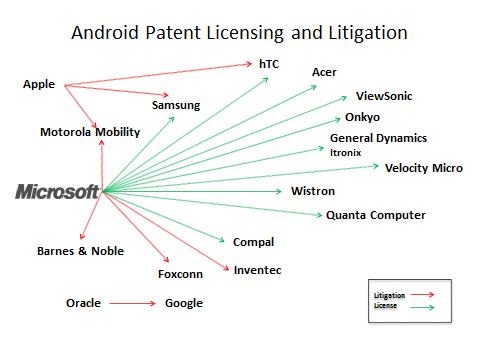Let’s face it, our devices have become insanely fast and have computing power that was truly unimaginable not too long ago. Quad-core, 2GB of RAM, 1.5 GHz clock speeds…those were specs for a computer only from a few years ago. Despite these advances in mobile technology, one aspect has always been a boat anchor and hasn’t had much improvement over the years has been the battery. There was the switch from NiMH to Li-ion, but there haven’t been too many ground-breaking advancements after that. Per Wikipedia:
A lithium-ion battery (sometimes Li-ion battery or LIB) is a family of rechargeable battery types in which lithium ions move from the negative electrode to the positive electrode during discharge, and back when charging.
Current Li-ion batteries use a graphite anode for construction. Silicon has always been thought of a good material to use instead of graphite, but it expands when lithium ions pass through it and it was difficult to have silicon with enough surface area; it would always be less dense than it needed to be. Well, engineer Sibani Lisa Biswal and research scientist Madhuri Thakur tried first using silicon films and then moved to porous silicon sponges for silicon testing. Neither worked very well, but they discovered if they crushed the silicon sponges that were previously used unsuccessfully, they could greatly increase the density required for a fully-functioning and practical battery.
The result is a new battery design that holds a charge of 1,000 milliamp hours per gram through 600 tested charge cycles of two hours charging, two hours discharging. According to the team, current graphite anodes can only handle 350 mAh/g.
“The surface area of our material is 46 square meters per gram,†Biswal said. “Crushed silicon is 0.71 square meters per gram. So our particles have more than 50 times the surface area, which gives us a larger surface area for lithiation, with plenty of void space to accommodate expansion.â€
So basically, the use of crushed silicon instead of graphite increases the mAh/g by a factor of 2.86 X’s. The team is now taking this to the next logical step and have begun testing cathode materials that work best with the crushed silicon. Right now, just by using the silicon alone, a Li-ion battery can have its capacity increased by almost a factor of three. If they get can find a material that works as a reliable cathode, this technology will be ready for industry.
This will be the biggest advancement in Li-ion battery technology that we’ve seen in a long time if it takes off. Imagine having a phone with a normal-sized battery that could have a screen-on time of 26 hours with 3-4 days of standby time before it needed a charge. (I used the screenie of the best battery life I’ve ever got on my EVO LTE and extrapolated it, see above). This advancement couldn’t have come at a better time too. Think about batteries beyond mobile for a minute, there’s a need for better storage from solar panels and a whole new electric vehicle market, this could give those industries the shot of adrenaline that they need to thrive.
Sources: Motherboard via Slashdot










